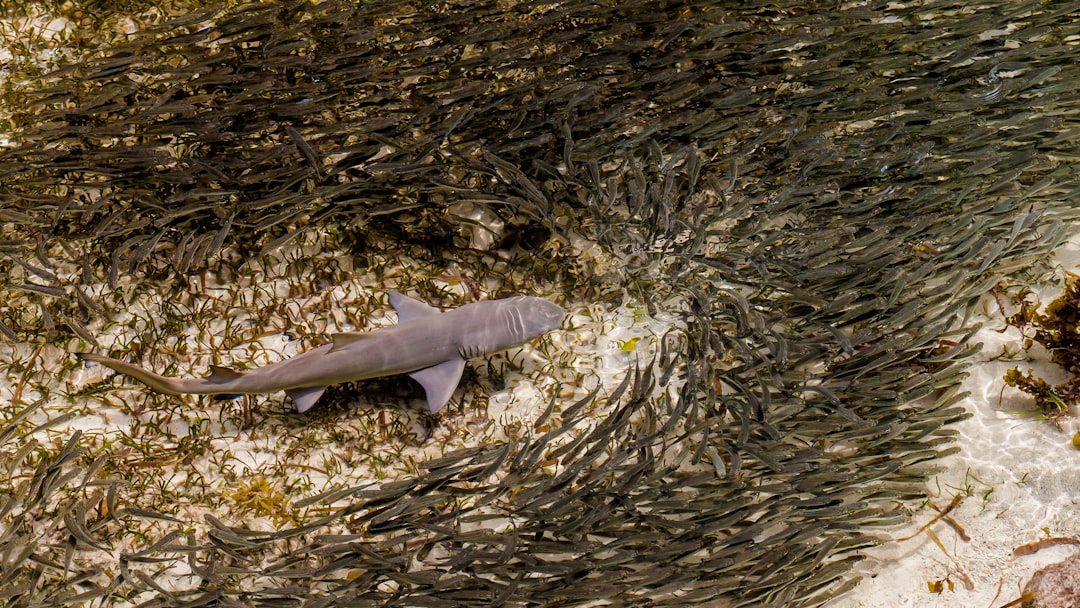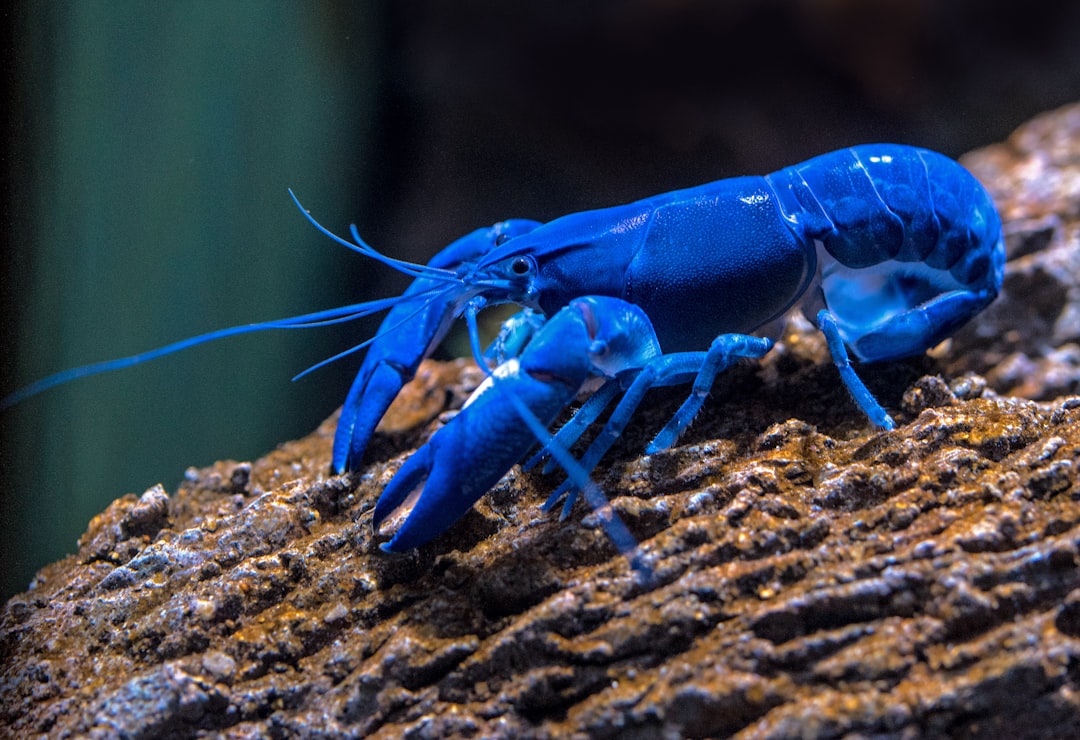What is it about?
The sex organs are important for nematode systematics, but the associated muscles rarely used as phylogenetic characters. This research aimed to study the musculature of the P. detritophagus, using confocal microscopy. The ring-shaped anal sphincter is pierced by a biconical X-structure and connected by 2 pairs of processes to the subventral stomato-intestinal muscles and dorsal body wall. Female: 2 pairs of vaginal dilators and 2 pairs of vulval dilators are connected to the proximally invaginated vaginal sphincter and subventral body wall. Anal depressor is a pair of dorso-ventral muscles. Male: 7-8 pairs of caudal diagonal muscles are located beneath the ventral body wall muscles, followed by 5 pairs of postcloacal oblique muscles. The paired posterior longitudinal muscles are connected to the cloacal opening and tail tip. Spicules: the paired anterior retractors connect the spicule capitula to lateral body wall; a pair of spicule-gubernacular protractors runs from spicule capitula to the anterior part of gubernaculum, and paired ventral protractors run from spicule capitula to anterior cloacal lip. Two pairs of gubernaculum erectors are attached to mid-gubernaculum; and the unpaired gubernaculum protractor extends ventrally to attach to the body wall at posterior cloacal lip. The sex muscle pattern is of the Rhabditidae - Cephalobidae type with a 15-character code for phylogenetic reconstructions: 63313-22234-42243.
Featured Image

Photo by Yassine Khalfalli on Unsplash
Why is it important?
Integrative systematics is based on the combined molecular and morphological characters. Among morphological chracters the genitalia-associated structures are most diverse and species-specific. Sex muscles are numerous but unsufficiently studied in Nematoda. They may be used as highly reliable characters to reconstruct the evolution of roundworms in combination with molecular characters. In research we had created the matrix of sex muscles in the Nematoda phylum, with digital codes for model species which already studied, including the new data for Panagrolaimus. Confocal microscopy and 3D segmentation images give wonderful and easy way to solve the problems of the Ecdysozoa evolution and biodiversity.
Perspectives
Search of new characters in organisms with relatively simple structures is important to understand the evolution and life strategies. Confocal microscopy is relatively new and highly effective tool to draw the evolution pattern, especially if it can be combined with the DNA characters. We shall expand the number of biological model species in future confocal research, with special attention to main nodes of the phylogenetic tree of Nematoda.
Dr Alexander Yuryevich Ryss
Zoological Institute of the Russian Academy of Sciences
Read the Original
This page is a summary of: Muscles of the sex organs of Panagrolaimus detritophagus (Chromodorea: Rhabditida: Panagrolaimidae), Nematology, March 2023, Brill,
DOI: 10.1163/15685411-bja10231.
You can read the full text:
Resources
Contributors
The following have contributed to this page










